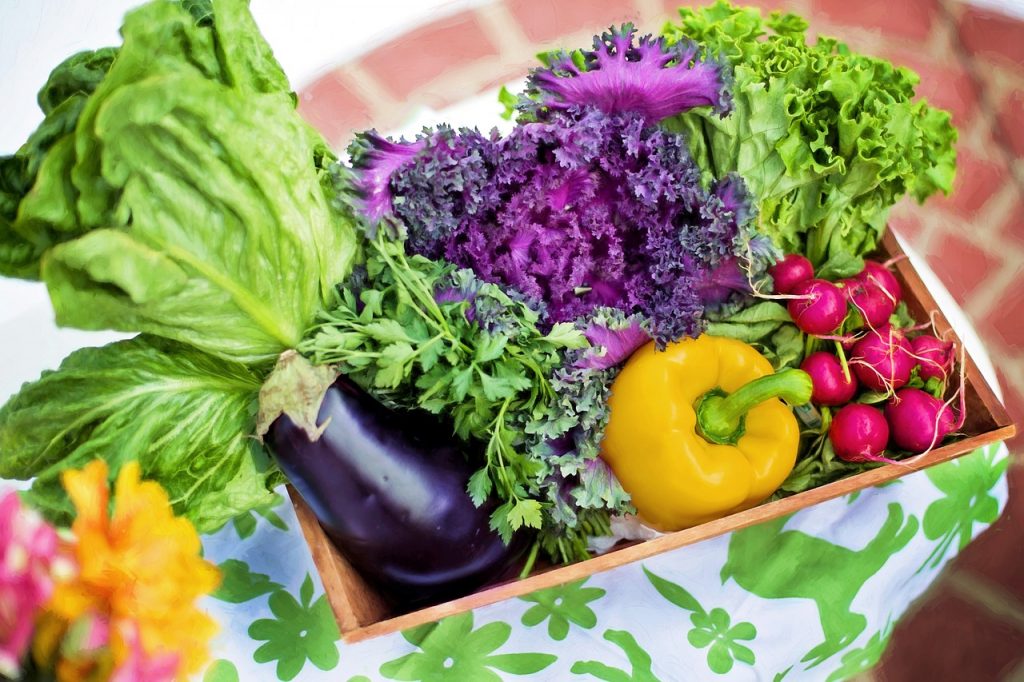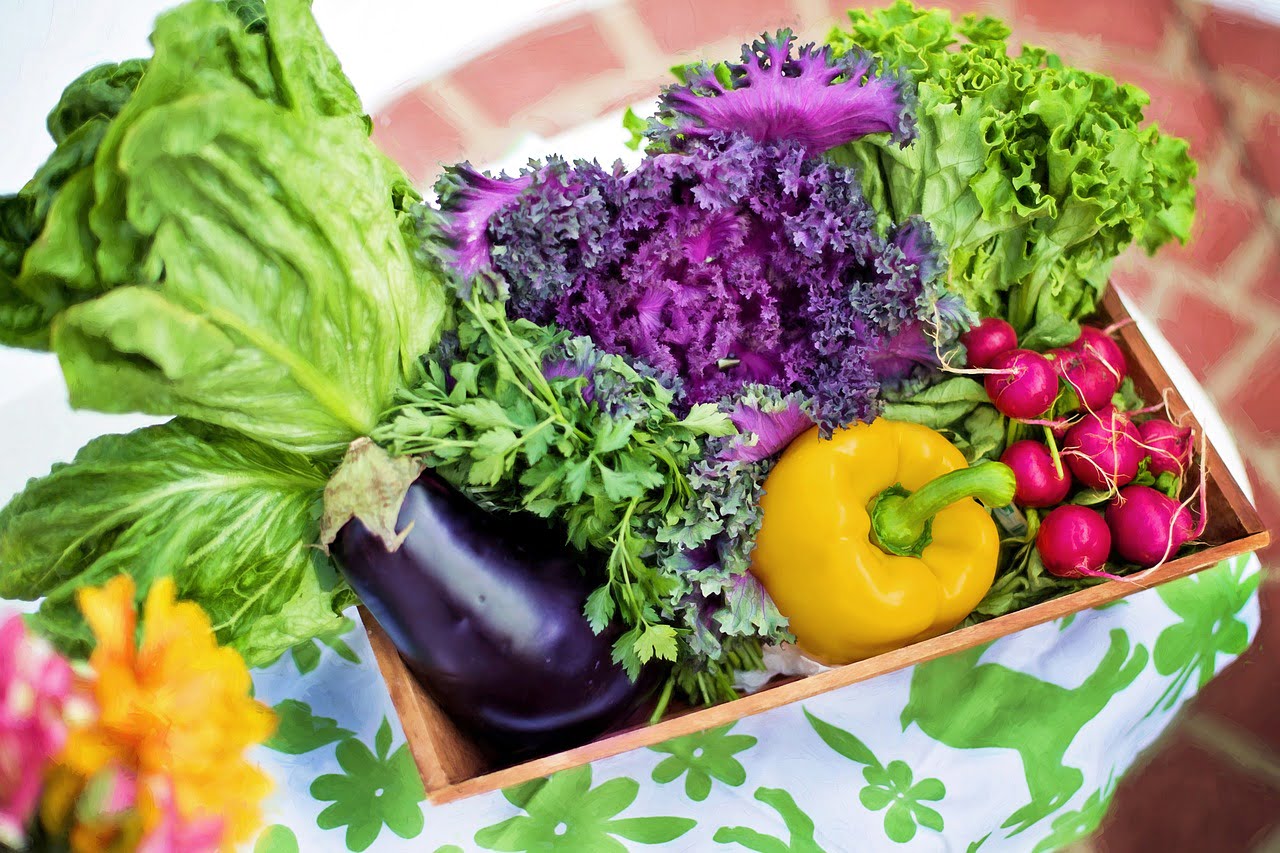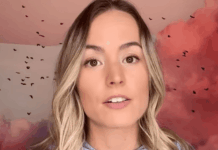By Rhick Año,
Growing vegetables at home is rewarding on so many levels. You’ll get to savour the taste of garden-fresh veggies all season — and everyone knows the flavour of home-grown tomatoes, carrots, broccoli and other vegetables is so much better than store-bought produce! On top of being able to serve up the tastiest green salads, roasted veggie soups, and pasta primavera on the planet, when you know how to start a vegetable garden, you’ll also save money on your grocery bills. With a home garden, you’ll have an abundance of fresh vegetables and herbs for your kitchen. In fact, you’ll likely have extra veggies for pickling or to share with friends and neighbours.
There are a few things you should know about starting a vegetable garden and helping it thrive. And if you need assistance getting started or want someone to take care of the garden work for you, you can always get help from an experienced gardener from Airtasker. Don’t worry, you can still tell your friends you grew everything yourself!
From planning what to plant to knowing how to prep the soil, with a little garden knowledge you can get started growing your perfect vegetable garden.
How to Set Up Your Vegetable Garden Space

Before deciding which veggies to plant and shopping for a fun pair of gardening gloves, you’ll want to decide the location and planter type for your garden. Here’s what you need to consider:
- Sunlight: Make sure your garden will get at least six hours of sun a day. This way you won’t be limited to partial sunlight plants. Also, plenty of sun can help to protect your plants from disease.
- Wind:Pick a location that’s protected from both heavy winds and frosts.
- Water: If you can start your vegetable garden nearby your water source, it will be a lot easier to take care of your plants as they grow.
- Planter Type:If you have limited space for your garden, you can use pots and vertical gardening techniques. This is a great option for apartment dwellers. Have a big yard space? You can set up a garden bed or build raised beds.
What Is a Practical Size for a Starter Veggie Garden?
Even if you have a lot of space to plant your vegetable garden, you don’t necessarily want to create more work for yourself than you can handle. As your plants grow, you’ll have to do some weeding, watering, pruning and other basic maintenance.
A good rule of thumb is to start small — 3 or 4 square metres is a reasonable size for a starter garden. Then, you can expand next season once you decide how much garden work is enough for you and how many vegetables you want. You can always add more raised beds, expand your ground soil garden bed, or add more pots or planters later on.
How to Prep the Soil for a Vegetable Garden
The right soil is essential for helping your plants to grow. Plenty of nutrients in the soil and adequate drainage is a must for healthy growth and disease resistance:
- If you have sandy soil, dig about 30 centimetres deep and work in 10 centimetres of organic matter such as compost or aged manure. Mulching can improve the soil quality even further. Seaweed, straw and nutshells work well as a mulch for sandy soil.
- For clay soil, you can use the same 10/30-centimetre process, working in rough organic compost to improve the soil’s structure like manure, garden compost, and chopped leaves. Adding some sand or fine pea gravel into the soil mix will also boost the aeration quality. Mulch with soft sawdust, which will absorb extra water and prevent the soil from packing.
- For all soil types, you can work in aged compost every planting season to improve the health of your vegetable garden.
- For raised beds or pots and planters, you can purchase your soil mix. To get the best results, ask your landscape supplier or garden centre about a special vegetable garden growing mix. For pots, use a high-quality organic vegetable potting mix.
What Plants Are Good for Starting a Vegetable Garden?
When you are learning how to successfully start a vegetable garden, go for plants that are relatively low maintenance like lettuces, beans, radishes, peppers and tomatoes.
You also will want to try and plant companion vegetables near each other. As funny as it sounds, just like people, some plants get along well together and can even support one another’s growth, whilst other vegetables will stunt the growth of certain plants.
Here are some vegetable garden growing ideas, keeping companion planting in mind:
- Kale, broccoli and other plants from the cabbage family will thrive near beets and herbs from the mint family.
- Plant a salsa garden with tomatoes, carrots, spicy and sweet peppers, onions, garlic, and cilantro.
- If you love fresh garden beans, you can plant them next to your cucumbers, radishes, and celery, but keep them away from your onions and garlic.
- Squashes, peas, beans, cucumber and corn make a lovely summer garden, although you’ll want to separate your tomatoes from this combination.
Should You Start with Seeds or Seedlings?
If you are starting early enough in the growing season, you can start your vegetables with seeds. Plant your seeds indoors — you can use egg cartons with potting soil — about 4 to 6 weeks before transplanting to your garden bed or outdoor pots.
If you want to make starting your vegetable garden a little easier, or if it’s later in the season, you can purchase seedlings from your local garden centre and put those directly into the ground.
For any help setting up your vegetable garden or with routine care, garden services are available on Airtasker. From building your raised beds and prepping the soil to getting everything in the ground, you can get all the help you want.
Once your vegetables are planted, you’ll want to follow the care instructions for each plant and regularly check for pests and remove any weeds. Before you know it, you’ll have plump red tomatoes, fresh spring peas, sweet, crunchy carrots, and more ready to harvest.
Source: https://www.airtasker.com
Disclaimer: We at Prepare for Change (PFC) bring you information that is not offered by the mainstream news, and therefore may seem controversial. The opinions, views, statements, and/or information we present are not necessarily promoted, endorsed, espoused, or agreed to by Prepare for Change, its leadership Council, members, those who work with PFC, or those who read its content. However, they are hopefully provocative. Please use discernment! Use logical thinking, your own intuition and your own connection with Source, Spirit and Natural Laws to help you determine what is true and what is not. By sharing information and seeding dialogue, it is our goal to raise consciousness and awareness of higher truths to free us from enslavement of the matrix in this material realm.
 EN
EN FR
FR



























Just to ad few more tricks when you grow your vegetables.Vegetable enemy is root knot nematode,grow plenty of wormwood and use it in trenches where you planting vegies.Another enemy is slugs and snails also slaters.To keep these under control Bayer purple pellets,one of them will kill up to 30 slugs be careful with them. If you do not use these deadly pellets you can use electric barrier,which is a bit tricky when rains,it should be protected from moisture.Best barrier for these pests is aluminium damp course installed on flat timber and bent about 45% angle outwards from garden.You can study these pests letting them go on damp course and when they want to negotiate angle they falling of,as they can not negotiate such bend.This is also for you to adjust correct angle.Cruciferous vegetables are not attacked by nematodes,but they do not like cow manure as it promotes black fungus.In sandy soil it is recommended to break dry clay in fine particles to give soil a bit of sticky property so it can hold nutrients when rain it does not get washed away.This is very important if if you grow citrus fruits where garden experts recommend sandy soil,which is not so good when you use magnesium known as epsom salts for which citrus trees are always crying.In sand after heavy rains all nutrients are washed away.Further more dig deep to find clay soil dry it then break it into dust it is complete fertilizer minus magnesium.Clean clay you can even eat if there is famine or food shortage.Citrus also needs and vegetables once a year food grade borax in very small dose for proper growth.Good luck in finding food grade borax it is so good and necessary even for us humans,so it is banned in most of western world, scare mongering people that is a poison.Personally I drink borax and wormwood on daily basis very old and not on any meds,and this is why they don’t want you to know it.NOTE OVERDOSE OF BORAX IN PLANTS WILL DWARF THEM AND SOIL WOULD BE CONTAMINATED FOR FEW YEARS.as borax is very important mineral for plants animals and humans.To give you a clue see borax conspiracy.
Will try soon.